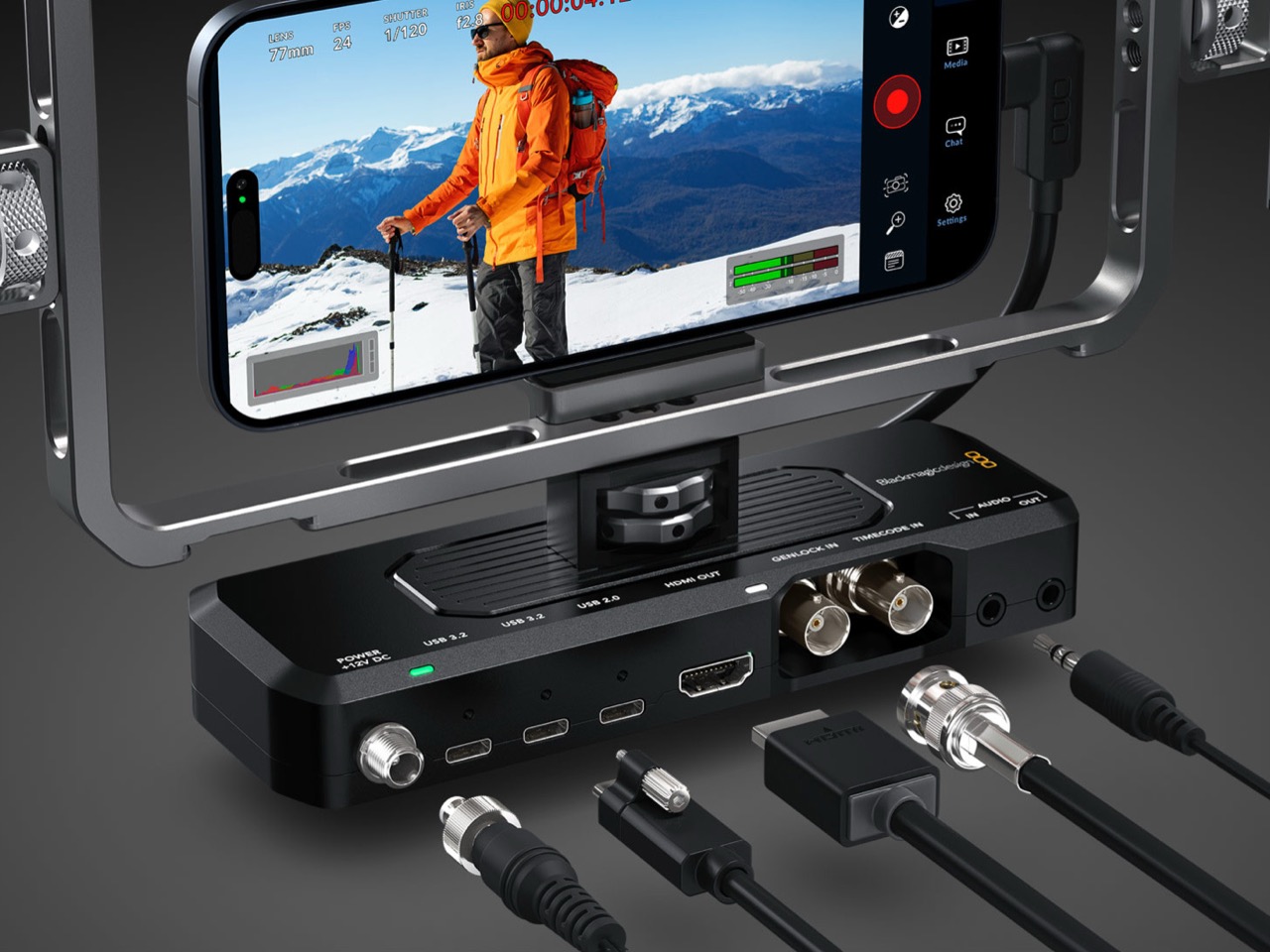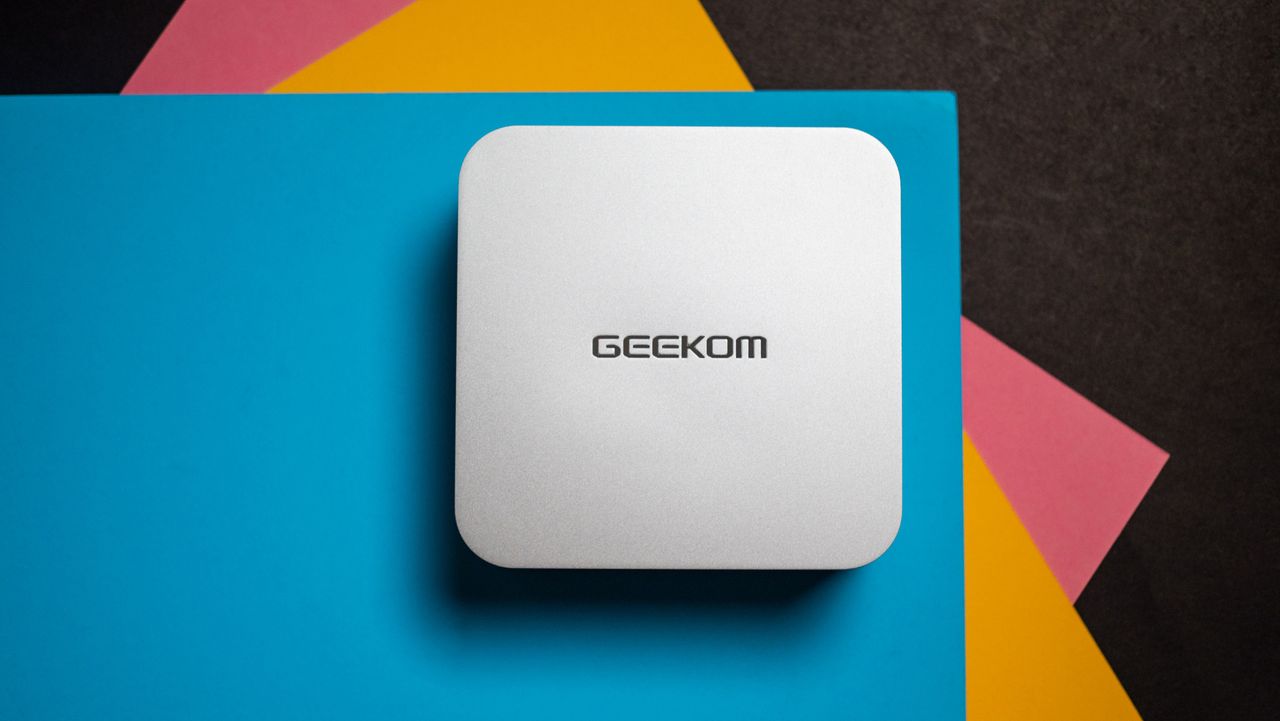The one ‘Non-Apple product’ that Apple announced on September 9th
![]()
Apple’s September keynote events are a familiar ritual, a carefully choreographed presentation of their latest and greatest hardware. This year, we got everything we expected: the regular iPhone 17, the powerful new iPhone 17 Pro and Pro Max, details on the A19 Pro chip, and a surprise with the ridiculously slim iPhone Air. Amidst the sea of polished metal and Ceramic Shield panels, however, something unusual happened. Apple gave the spotlight to a product that wasn’t their own. For a few crucial moments, the focus shifted to a small, unassuming black box from Blackmagic Design, a company beloved by video professionals. This device, the Camera ProDock, was the only non-Apple product to get a showcase at the keynote, and its presence spoke volumes about where Apple sees the future of filmmaking heading.
The Blackmagic Camera ProDock is, at its core, the ultimate professional dongle for the iPhone 17 Pro. It’s a purpose-built hub designed to solve every major problem that has kept the iPhone from being a primary camera on a serious film set. For years, filmmakers have used iPhones for B-roll or in tight spots where a larger camera wouldn’t fit, but integrating them into a professional workflow has always been a collection of compromises and clunky workarounds. The ProDock aims to eliminate those compromises entirely by giving the iPhone the physical inputs and outputs that are standard on any high-end cinema camera. It’s a rugged, mountable accessory that provides connections for power, external microphones, headphones, on-set monitors, and solid-state drives for recording, all while fitting seamlessly into a professional camera rig.
Designer: Blackmagic
![]()
![]()
Two big features that made the cut this year on the Pro iPhones (which can be taken advantage of by the Camera ProDock) are genlock and external timecode. For anyone outside the film industry, these terms probably sound like technical jargon, but they are the bedrock of multi-camera productions. Think of genlock as the master conductor for an orchestra of cameras; it sends out a sync pulse that ensures every single camera on set captures a frame at the exact same microsecond. Timecode, then, is the sheet music, giving every one of those frames a unique, identical timestamp across all cameras and audio recorders. This synchronization is absolutely critical. It means an editor can drop footage from an iPhone 17 Pro, a high-end ARRI cinema camera, and a separate audio recorder onto a timeline, and everything will line up perfectly, down to the frame. This single feature, enabled by the ProDock’s BNC connectors, transforms the iPhone from a capable solo camera into a reliable team player in a professional ecosystem.
![]()
Beyond the crucial sync capabilities, the ProDock addresses the practical needs of a working set. Its full-size HDMI port allows for direct connection to a proper director’s monitor, so the creative team can see exactly what the camera is capturing on a large, color-accurate display. The three USB-C ports are a godsend for data management and power. A filmmaker can now record hours of footage in the highest quality ProRes RAW format directly to an external SSD, bypassing the iPhone’s internal storage limitations completely. At the same time, those ports can keep the phone and other accessories powered, ensuring a long shooting day isn’t cut short by a dead battery. The addition of professional 3.5mm jacks for both a microphone and headphones finally solves the audio problem, providing for high-quality sound capture and zero-latency monitoring, something impossible to achieve with wireless solutions.
![]()
This hardware is perfectly complemented by a robust software ecosystem. The dock works hand-in-hand with the free Blackmagic Camera app and Apple’s updated Final Cut Camera 2.0. These apps are the control center that unlock the ProDock’s full potential, allowing users to manage recordings, monitor audio levels, and take advantage of the iPhone 17 Pro’s new Apple Log 2 color profile for maximum flexibility in post-production. The combination of hardware and software creates a seamless, end-to-end workflow from capture to edit, which is precisely what professionals demand. Apple’s decision to feature the ProDock wasn’t just a friendly nod to a partner; it was a clear signal. It was an acknowledgment that while their own hardware and software are incredibly powerful, the final step into the professional world requires a bridge, a physical link to the established standards of an industry. The Blackmagic Camera ProDock is that bridge, and its quiet debut on Apple’s stage might just have been one of the most significant announcements for filmmakers this year.
![]()
The post The one ‘Non-Apple product’ that Apple announced on September 9th first appeared on Yanko Design.








